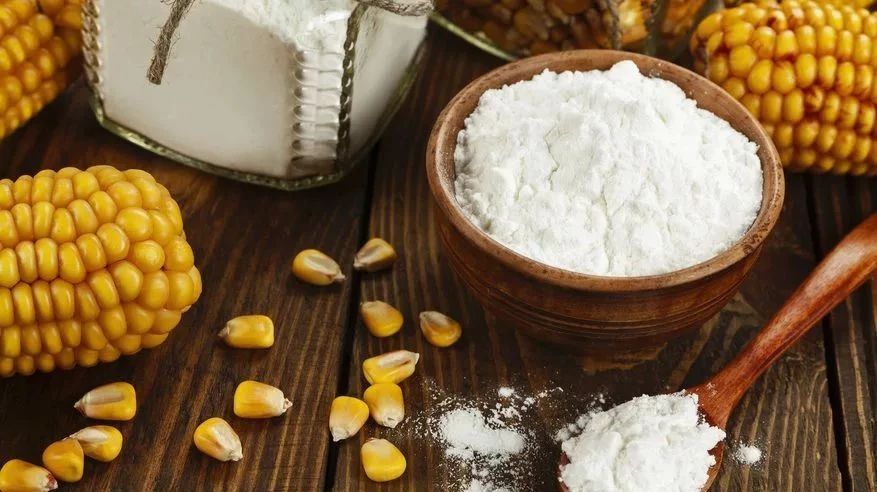
Want to know what the ancients ate? You need a microscope.
try to imagine a scene where primitive Pogo struggled to grind wild barley with a grinder, and some flour was stained in the stone cracks of the grinder. Pogo ignored the possible losses and put the grinder aside at will. Unexpectedly, when an accident happened, or a tribal dispute or a hill fire was coming, Pogo died, and the grinder became his burial object. Then for a long time, the hapless grinder stayed quietly in the dark ground, and the soil layer above it was getting higher and higher, as if it would never see the sun again. I don't know how long it was dug up by site workers, and archaeologists cleaned it up and exhibited it in the museum's glass window, as a group of spectators walked past it to the more eye-catching exhibits. They and Pogo probably had no idea that anyone would use this grinder to judge what Pogo ate that year.
starch in plant cells exists in a granular state, which is called starch granules. You may know that starch is composed of amylose and amylopectin. The difference in the proportion of these two polysaccharides determines the differences in starch properties and taste of different plants. But you probably haven't seen the starch grains under a polarizing microscope, and they show a very obvious black cross extinction pattern, which is characteristic of a polysaccharide polymer. This means that it is easy to tell which particles may be starch. Then, using a high-power microscope, the morphology of these starch grains can be further observed. As early as the early 19th century, biologists found that starch grains of different plants differ greatly in size, shape, lamellar texture and other morphological characteristics. For example, the starch grains of edible legumes are mostly kidney-shaped, while those of Gramineae are mainly polyhedral; the grain size of wheat starch grains in Gramineae is larger than that of other families; and the starch grains of Hordeum in Triticeae are usually less than 30 μ m, mainly ellipsoidal or nearly hemispherical. Through the careful distinction of these morphological indexes, these starch grains under the microscope can be used to determine the family, genus and even interspecific distinction of plants.
what ancient humans ate has always been a very important question for archaeologists. Of course, you would be lucky to dig up well-preserved food, but obviously, you don't always have such good luck. This is the wonderful use of starch grains: starch grains can be extracted from almost all tools used to handle food, such as stone knives, stone mills, and so on. Through the starch grains on the utensils, we can more accurately judge the function of the utensils and the agricultural history of ancient human beings. The only exception is that if it is a cooking appliance, most starch grains will become gelatinized after heating and lose their morphological characteristics. But even so, because the gelatinization temperature of different starch grains is different, it is still possible to extract identifiable starch grains from them. In some special cases, some cooking utensils burst in heat before the food is cooked and the starch grains are gelatinized, so that the residual starch grains on it can also be identified.
since the early 1980s, archaeologists began to use starch grains to study excavated objects, deposits and even dental calculi, and the experimental methods and theoretical basis for extracting and identifying starch grains have gradually matured. Ancient human diets analyzed with starch grains so far include barley, cassava, ginger, corn, chili, and so on. Perhaps thousands of years later, the records of all civilizations will be destroyed with the damage of electronic equipment, and the world will begin to rebuild from the cataclysm. Then these today's food shredders may be used by archaeologists to identify your recipes.
PS: a cross extinction map of starch grains is attached. You can guess what kind of starch grains this is.
Photo: The McCrone Group
Mirror
The flexibility of backless wedding dresses gives you a style like no other. Your dream garment is just a mouse click away.
mung bean stick ice-dissolving teeth
four-petal floret fly